Climbing rose "Indigoletta": description of the variety, planting and care rules

The climbing rose "Indigoletta" is a rather capricious variety, but delightful with its amazing flowers of an outlandish lilac color. Perhaps for a novice gardener, planting and caring for this variety can be an overwhelming task, but an advanced specialist should definitely have such a "resident" on his territory.
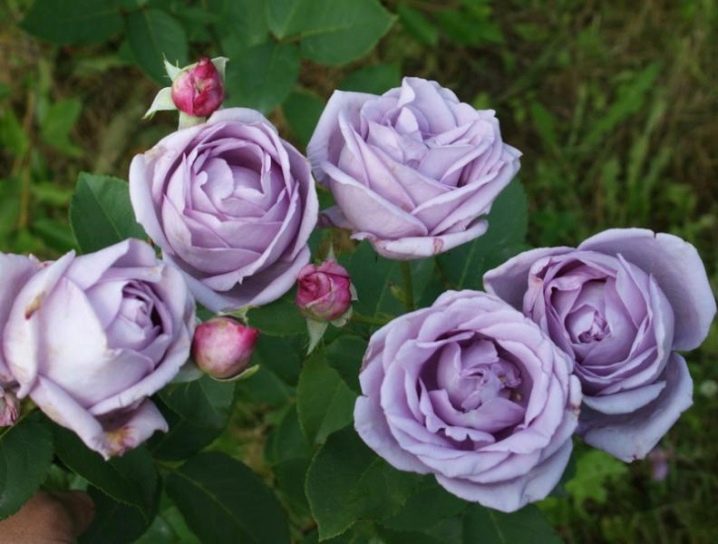
Description
The Indigoletta variety was developed over thirty years ago in Holland. Its distinctive features are called surprisingly original color of flowers, as well as long-term flowering: the buds do not fall off until the appearance of snow. As a rule, from 2 to 3 flowers grow on one stem, containing about three dozen petals. In the bud state, they are colored purple, and when they open, they acquire a bluish tint - lilac. The size of a blossoming flower ranges from 8 to 10 centimeters, and in shape it is somewhat reminiscent of a glass.

The height of the bush ranges from 250 to 300 centimeters, although sometimes it reaches 4 meters, and the width does not exceed 150 centimeters. The bush itself with dense rounded leaves, painted in a rich green hue, and strong stems grows powerful, strong. The rose looks very beautiful, which explains its frequent and extensive use in landscape design. The aroma of "Indigoletta" is bright and memorable. The variety is characterized by satisfactory frost resistance. If you additionally cover it for the winter, then the bush will not die even in frosts reaching -30 degrees.
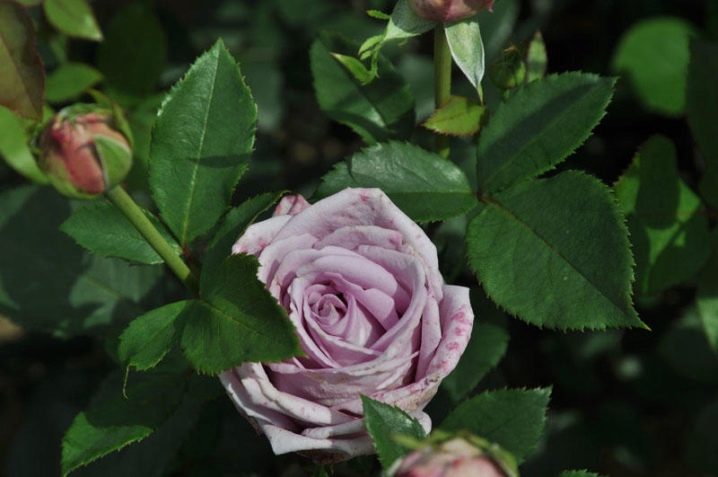
Abundant flowering occurs for the first time in late spring - early summer, and the second time at the turn of August and September. It is believed that the color of the flowers largely depends on where the bushes are planted, ranging from pale to intense shades of purple.
The variety is quite unpretentious, has an innate immunity to common diseases.

Speaking about the disadvantages of this variety, it is possible to identify the likelihood of the appearance of a fungus in a situation of high humidity. Despite the fact that a rose needs a lot of light, being in direct light, it can simply burn out and lose its beautiful petal shade. Finally, the shoots bend rather poorly, which means that some difficulties may arise when the crop is sheltered for the winter.
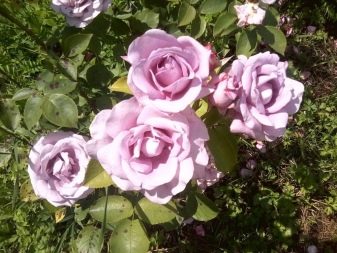
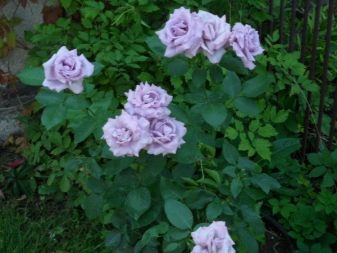
Landing
The "Indigoletta" rose should be planted in an area with high-quality lighting. The optimal soil is loose and fertile, but not with excessive moisture, but with lime impurities. If the groundwater is located close to the surface, then you should not choose such a place for planting. It is also important that there is additional protection on the north side. The choice of location also depends on whether the bush will be part of the composition in the future or grow by itself. In the first case, a rose can frame an arch or a doorway, decorate a facade or a gazebo.
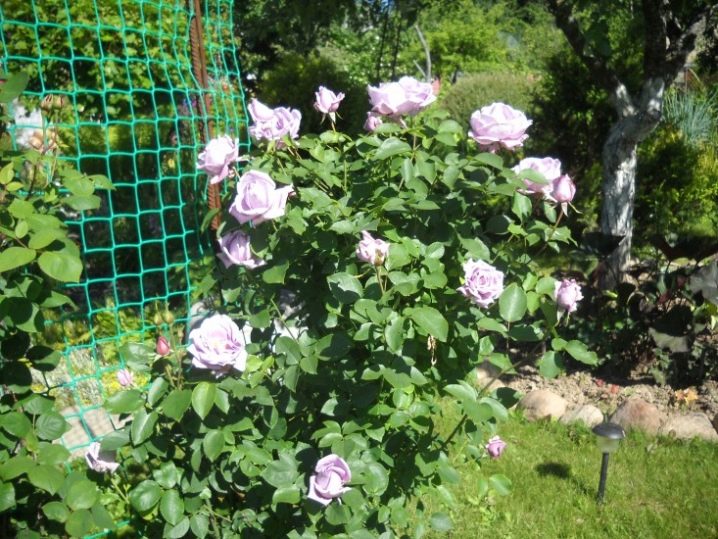
It is best to place the variety in the eastern sector of a house or plot.
Often, "Indigoletta" is immediately tied up so that the emerging flowers look in the right direction, or simply fixed in a fan-like manner. It is more appropriate to take supports made of metal in order to build up on time if necessary. At the same time, it is important to ensure the free movement of air inside the bush to prevent many diseases.When climbing varieties are planted near a house or gazebos, holes should be dug at a distance of one meter from the walls, otherwise the consequences of atmospheric phenomena dripping from roofs and gutters will harm the plant.
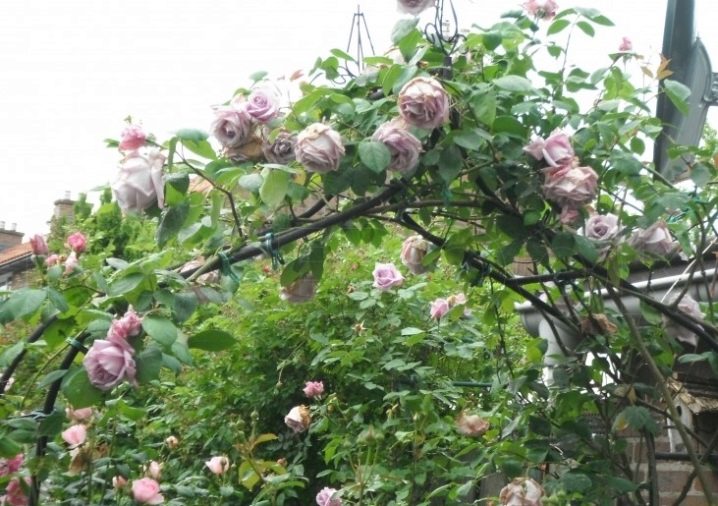
To plant a rose bush, you need to dig a hole, the depth of which reaches from 50 to 60 centimeters. More than 2/3 of its space is immediately filled with compost or a mixture of humus, river sand and turf. Having placed the "Indigoletta" in the hole, it is necessary to straighten its roots, and then begin to gradually fill in the earth, tamping each layer. The supports are installed 20 centimeters from the roots, and the neck of the rose is deepened exactly 5 centimeters. Having completed the filling with earth, the bush should immediately be tilted slightly towards the supports.
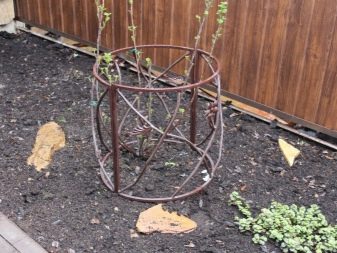

Care
High-quality flowering of the variety will be ensured by regular pruning, carried out according to the rules. Strong first-order shoots should not be touched, but second-order shoots should be pruned, leaving only those that show maximum efficiency. In addition, dead stalks should always be removed.
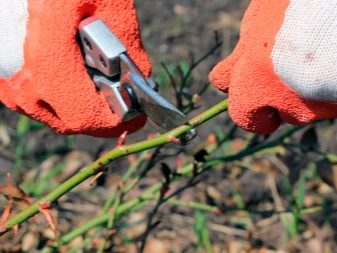
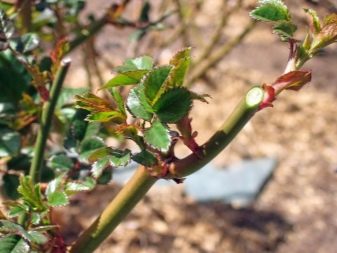
In the spring, the "Indigoletta" rose needs to be fertilized with phosphorus, potassium and nitrogen. In the summer months, when the first stage of flowering ends, the bush should be fed with a complex of potassium and phosphorus, which already contains a minimum amount of nitrogen. In August, nitrogen should disappear altogether from the diet, and fertilization should be done to a greater extent with potassium. In addition, even before the beginning of the appearance of flowers, it is worth spraying the bushes with boric micronutrient fertilizers.


The Indigoletta will not stand the cold without additional shelter if the temperature drops below -15 degrees.
If the winter in the region is usually mild, then it will be enough to spud and qualitatively mulch the lower part of the bush. When shelter is still necessary, you will first have to bend the tough whips, and this will have to be done in several stages. First of all, they are girded with rope loops, then they are slightly tilted to the ground and fixed with pegs. Seven days later, the rope will have to be shortened in order for the rose to bend more.
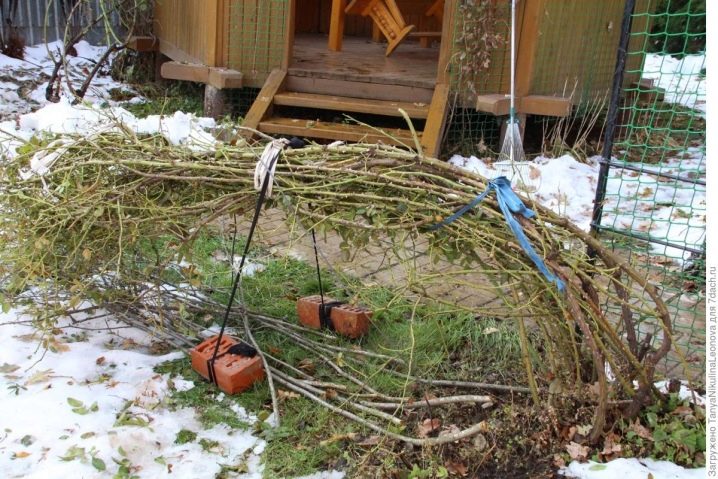
This procedure should be repeated several times before the "Indigoletta" comes to the desired position. To prevent the lash from breaking during this procedure, experts recommend placing round pieces of wood under the base. In the final stage, the bush is protected with an air-dry shelter. For example, it can be a polyethylene film, fixed with staples and earthen piles. Ideally, a kind of tunnel should form, in which there is air, but there is no access for atmospheric precipitation.
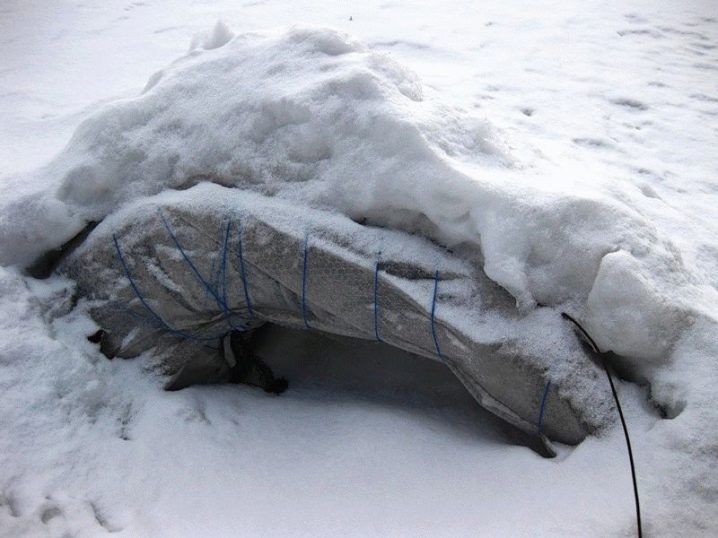
An important part of crop care is the prevention of common diseases. Already from March, the bush should be sprayed with fungicides, for example, Bordeaux liquid or stronger preparations. This should be done only in dry weather without wind. In addition, in the spring it is recommended to treat the bushes with copper sulfate, and in the summer with a mixture of soap and soda ash. This procedure will prevent the appearance of powdery mildew.
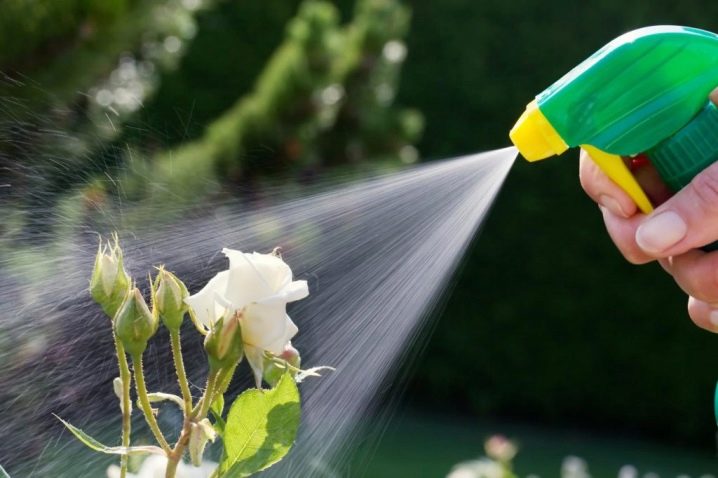
If the disease does happen, then all the affected parts of the plant must be cut off and burned, it is just as important to do with falling leaves.
After winter, it is important to destroy all stems, leaves and branches that are either frozen, or infected, or broken, or were affected by putrefactive diseases. If this is not done, the remaining debris can be a source of disease or insect pests. It is important to mention that if the rose does not bloom well, then it is recommended to change the position of its lashes. If you make them more horizontal, after fixing them on a special support, it will turn out to activate the development of the buds and, accordingly, the appearance of flowers.
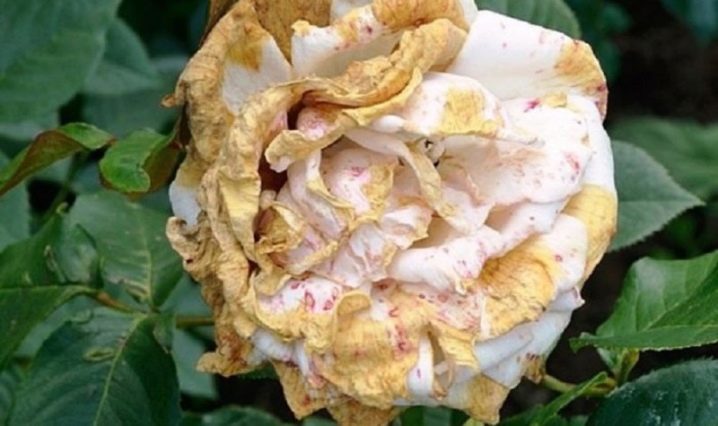
Watering this variety is necessary quite often. Immediately after planting, irrigation is carried out once daily in the absence of rain. Following watering is carried out as needed, sufficient, but not excessive, since excess moisture immediately leads to decay of the root system. If necessary, you can create a special drainage system. Each irrigation, both natural and artificial, ends with a loosening procedure. This procedure prevents stagnation of fluid and activates the flow of air to the root system. Also, to protect the soil, it can be mulched, for example, with straw. This will maintain the looseness and the required amount of moisture in the soil.
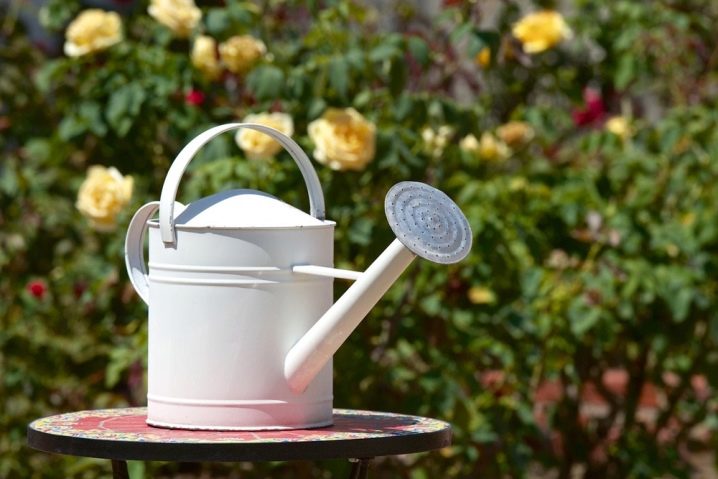
Reviews
The statements of gardeners who have already tried the Indigoletta rose variety are rather contradictory. For example, there is a review that says that, despite the three-meter height of the bushes, they develop rather slowly and look bare. In addition, a flower planted in the shade immediately became infected with black spot, as a result of which it does not please the owners with abundant flowering. On other bushes, the buds bloom normally, painted in a lilac-ash shade.
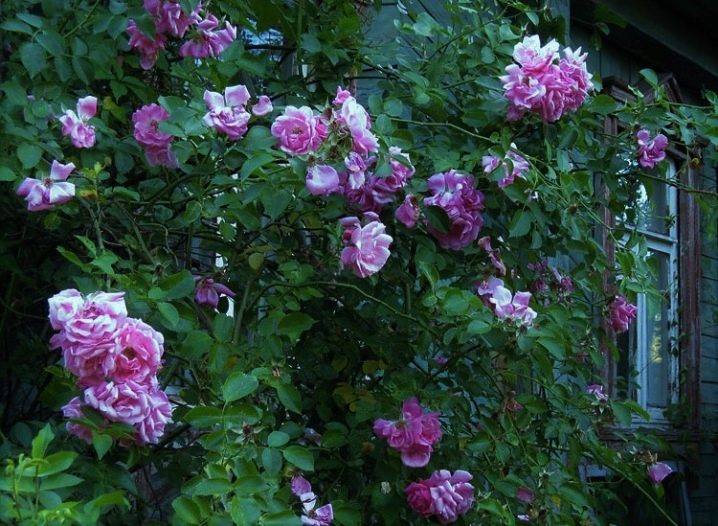
Another review contains information that "Indigoletta" is developing satisfactorily even in the presence of a shadow, which additionally protects against burnout. The smell of the variety is very strong, at first it seems even artificial, but over time you get used to it and begin to feel pleasure.

Other gardeners point out that burnout occurs only if the roses are in direct sunlight at the sunniest peak. A huge advantage is the flowering of the culture until Christmas, accompanied by a beautiful appearance. Finally, there is a story that in the first year "Indigoletta" gave out only three weak shoots with inconspicuous flowers, but the next year it bloomed so abundantly that even to cover it before the cold weather it had to be in the presence of flowers.

For more information on climbing roses "Indigoletta", see the video below.

































































































The comment was sent successfully.